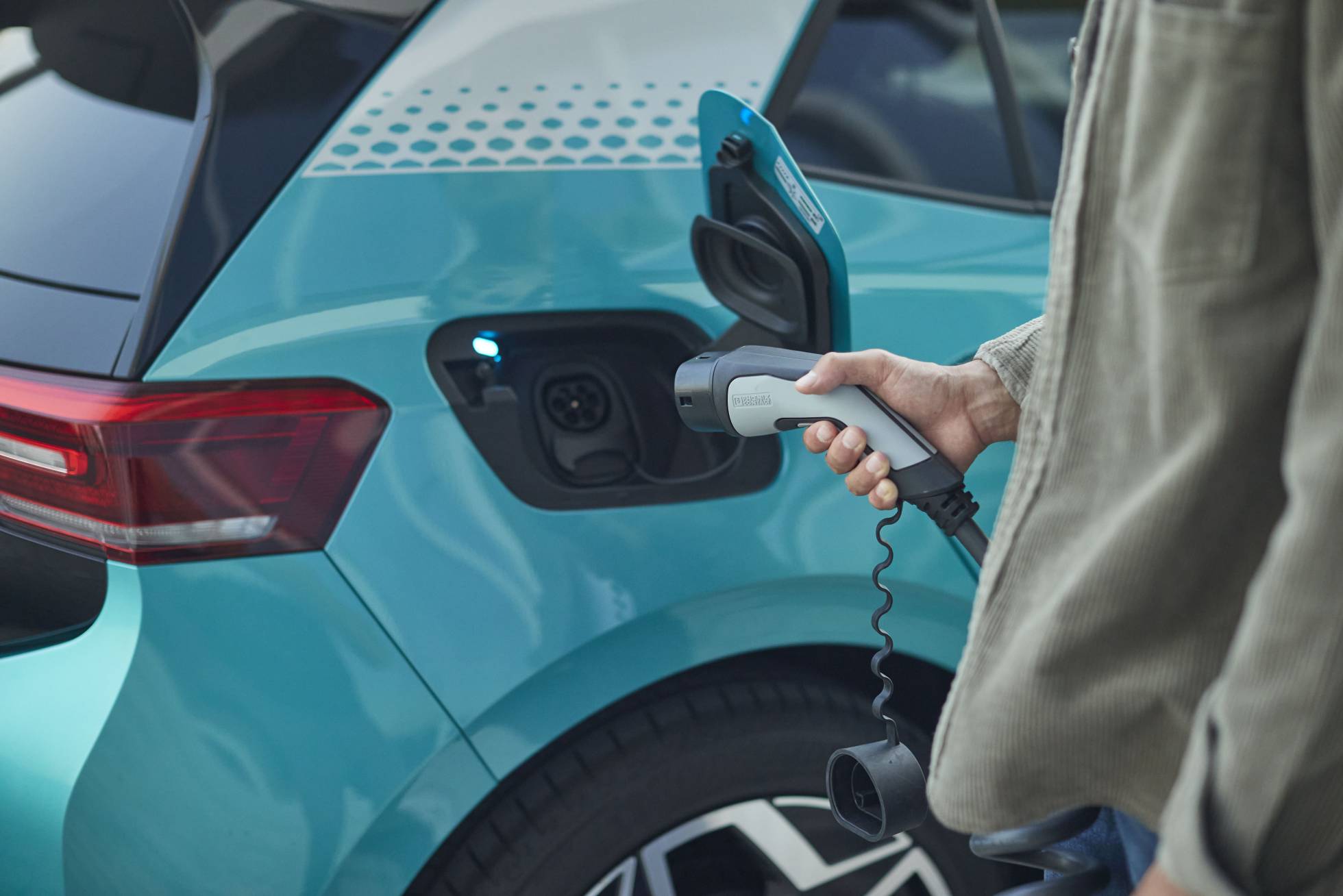Mobility is not yet electric, but it is already facing a transformation process that, although it is still in an early stage, will be unstoppable.
On a day-to-day basis, it is the most common means of transport that we see on the street that show the change most clearly, with more and more cars (such as the Volkswagen ID.3, the first CO2-neutral car in Spain). its complete life cycle) and zero-emission motorcycles circulating integrated into the traffic of our cities, but it is not the only sector that is pointing in that direction.
Electric cars have always felt more comfortable in the city due to their design and operation, because by driving at low speeds and being able to take advantage of braking to regenerate energy, they can increase their autonomy.
However, in the last 10 years they have doubled their range and are starting to position itself as a perfectly valid alternative for many private users to face long-distance trips.
This, applied on a larger scale, has made electric technology begin to be a viable option also for long-distance transport of both people and goods, which has resulted in a good number of companies developing models both of buses as of trucks to face these new tasks.
For both tasks, the most common technology is the hydrogen cell, which has some advantages for this type of heavy vehicle compared to conventional batteries, such as a faster recharge time than that of a conventional electric, something vital in trucks and buses that need large capacity energy ‘depots’.
There are already units rolling on the roads of Europe that homologate 400 kilometers of autonomy, but models that exceed 1,000 kilometers in range are also being developed and that are expected to arrive on the market for the second half of this decade.
However, the conventional battery option has also been implemented in vehicles of smaller size and volume, such as vans and light trucks, designed for medium-distance transport, which can travel up to 400 kilometers without going through a recharging point and, once in it, they can recover 80% of their autonomy in just 90 minutes.
Using vehicles with a clean and ecological propulsion system makes even more sense in the water, which is where waste from cities and industries often ends up without being properly treated beforehand.
In this field, electricity, whether in the form of batteries or as a hydrogen cell, is presented as an alternative to consider, because it provides a quieter navigation without sacrificing performance and, above all, much cleaner and more ecological.
This is the case of models such as the Q-Yatchs Q30 or RAND Leisure 28, which in the latter case allows speeds of up to 40 knots (74 km / h) with autonomies of up to 140 nautical miles (225 kilometers). The HYNOVA 40, meanwhile, combines both systems, counting on a hydrogen extender to increase the autonomy of its batteries.
Another peculiar alternative is that of the SeaBubbles, some vehicles capable of navigating on water at speeds of up to 6 knots (11 km / h) and, from there and up to 13 knots (25 km / h), they rise above its hydrofoils, “gliding” over the liquid surface. They have been conceived mainly as taxis to offer an alternative type of travel in places such as the Seine river in Paris or the beaches of Saint Tropez, and have a range of 40 kilometers.
Conquering the skies has always been one of the dreams of the human being, but the new electrical surge has provided the real opportunity to implement air transport within cities, with the aim of decongesting traffic and, at the same time, helping to eliminate pollution.
In such crowded spaces a very particular type of vehicle is required, which does not need large surfaces to land or take off, so the morphology of the popular drones, which perform both maneuvers vertically (its acronym in English are VTOL, ‘Vertical Take-Off and Landing ‘), is perfect for the job and has been adopted by most’ flying taxi ‘projects.
Companies such as Airbus, Uber, Boeing or Lillium (the latter with a design more similar to that of a microplane) have been working on their air taxis for months and even years, which at the moment promise ranges of up to 100 kilometers, with speeds of up to 170 km / h and maximum autonomies of 30 minutes.
Some are developing autonomous driving systems in parallel so that it can fly on its own (lowering the cost of the trip by not needing a pilot) but others have opted for a more conventional format, with a professional at the controls and capacity for up to four passengers .
According to different studies, from the middle of this decade the sector could emerge, although this also requires adequate legislation to regulate the air traffic of this type of vehicle.



 Bitcoin
Bitcoin  Ethereum
Ethereum  Tether
Tether  XRP
XRP  Solana
Solana  USDC
USDC  TRON
TRON  Cardano
Cardano  Lido Staked Ether
Lido Staked Ether  Avalanche
Avalanche  Toncoin
Toncoin